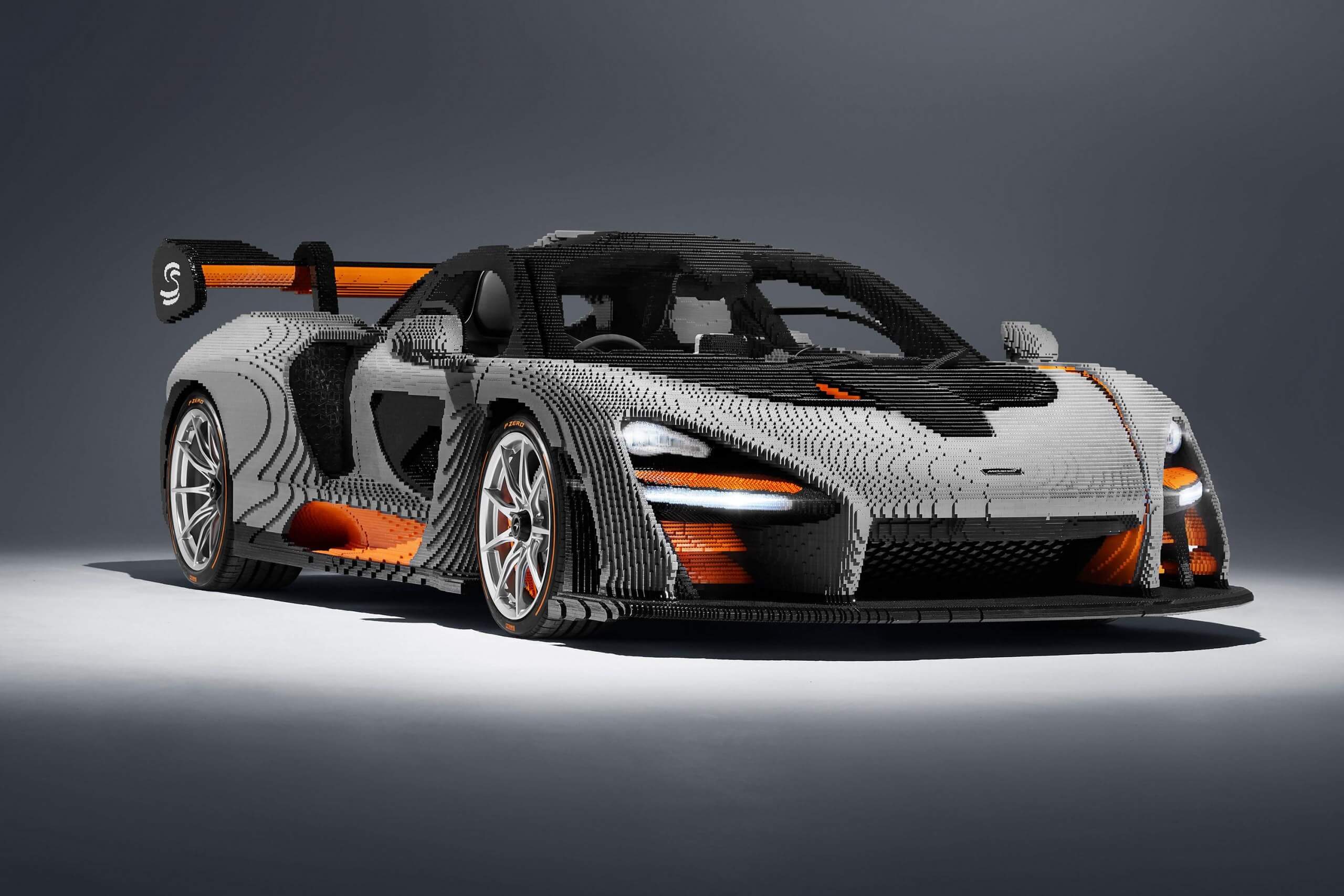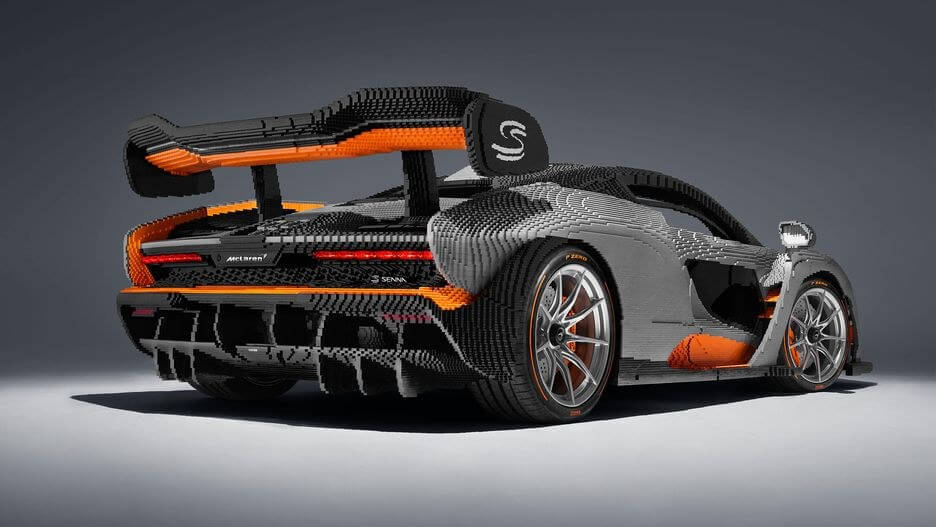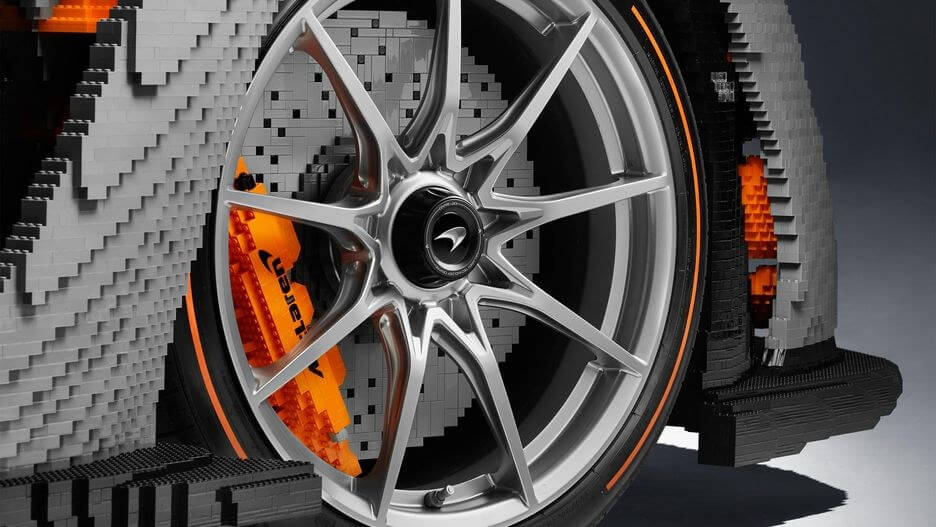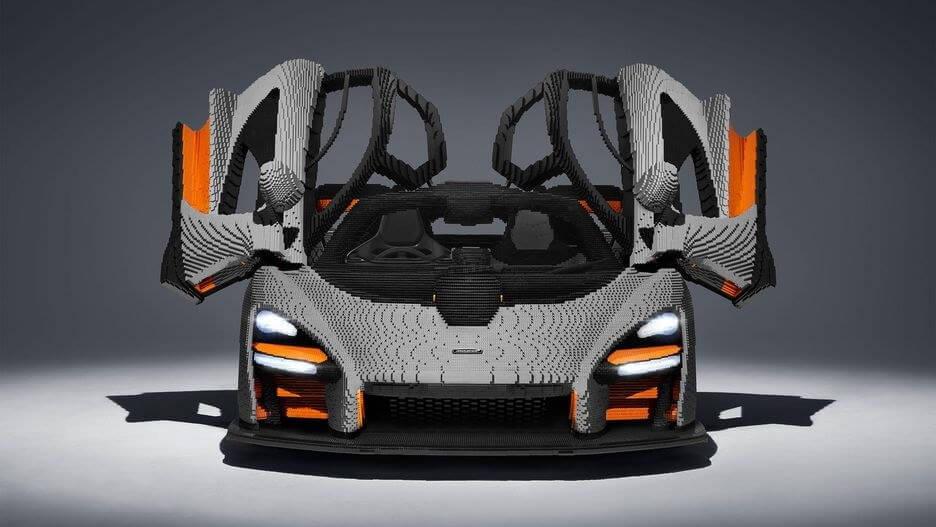In brief: Another famous vehicle has been given the Lego treatment, with the small plastic blocks being used to create a full-size replica of the car. This time, the subject was McLaren's 208mph Senna hypercar, which took nine times longer to create than the real thing.

We’ve already seen 1:1 Lego replicas of Chevy’s Silverado truck, a Porsche 911 Turbo, and a drivable Bugatti Chiron.
Recreating the Senna was a massive undertaking that required 467,854 bricks, 20,000 of which were designed specifically for the model. 42 Lego professionals worked 2,725 hours—the equivalent of four months—on the creation. That’s more than nine times longer than the 300 hours it takes to hand-build an actual Senna car. Additionally, the model weighs 3,748 pounds, over 1,100 pounds heavier than the production vehicle.

While the model isn’t drivable like the Bugatti, it does have some working features, such as the lights and infotainment system. There’s also an ignition button that plays an audio sample of the car’s 789bhp twin-turbo V8 starting.
Not everything in the replica is made from Lego. The bricks, which are glued in place, sit on a reinforced steel frame, while the pedals, steering wheel, driver's seat, badges, wheels and tires all come from the actual car, though the brake calipers and discs are made from Lego.

The distinctive dihedral doors, meanwhile, don’t work on a hinge—they need to be lifted on and off by hand.

Only 500 McLaren Senna cars are being produced, and every one of the £750,000 (around $992,000) vehicles has already been sold.
McLaren will be displaying the Lego Senna at events across this year, including the UK’s Goodwood Festival of Speed in July.
https://www.techspot.com/news/79383-lego-latest-11-replica-mclaren-senna-which-took.html